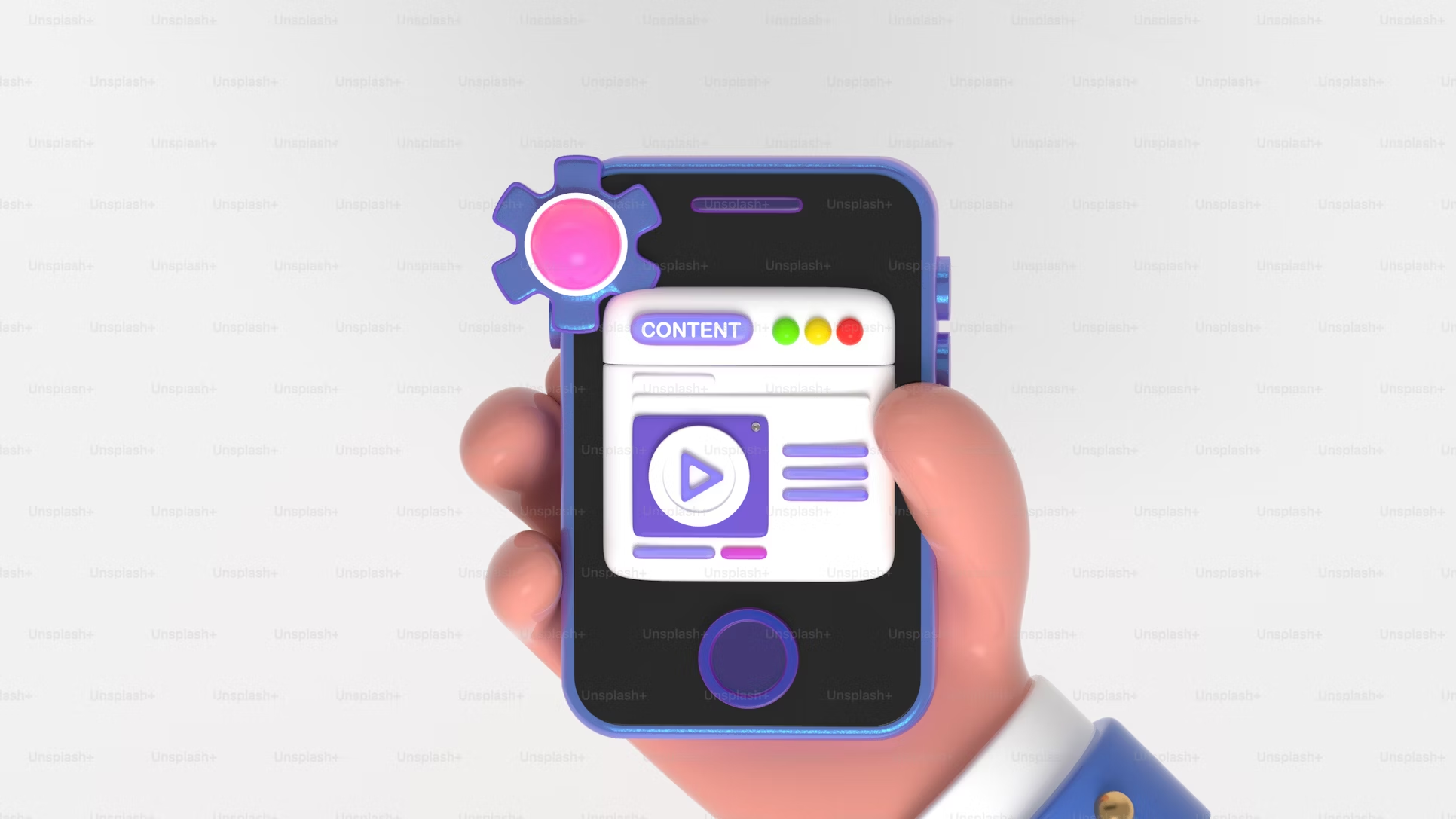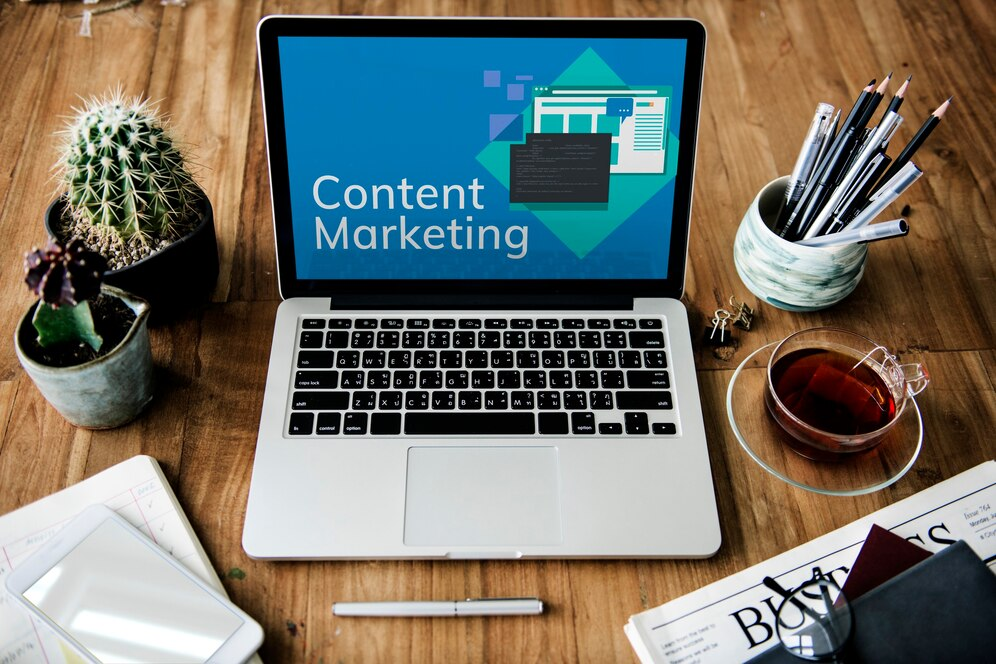What is Internal Linking and How Does it Help in SEO
Internal linking is a technique that SEO experts have relied on for years together to derive both SEO benefits and provide value to readers.
Quick Links
It’s a powerful tactic that doesn’t get the attention it deserves because other strategies tend to take precedence. So, most websites don’t use internal linking as well s they could have.
Can internal links help with SEO? In this article, we are talking about the importance of internal linking, how it can help with SEO, and more.
What are Internal Links in SEO?
An internal link is a link that a website creates from one of its pages to another page on the same website. This isn’t an external link pointing to another website.
It’s a great tool that informs search engines of the importance of pages on your websites in their order of importance. The pages provide context to your content and improve the navigation of your site. Internal links are great for passing link juice throughout the site and strategically help search engines understand what the site is about. Anchor texts used in the internal links provide context and pass keyword ranking benefits to the page. This improves your rankings too.
Internal Links vs External Links
Internal links are links between pages on the same site. External links refer to links to other sites. Both these links are great for boosting on-page SEO efforts.
This article is about focusing on internal links and watching their impact on your SEO.
Link building is a crucial element of SEO.
How Important are Internal Links to SEO?
Search engines keep evolving and they have transformed from simple tools that use keyword matching to find content to understand the context and intent of a query. Algorithms however aren’t perfect and they need context to understand a web page better. The keywords you use to link to internal pages help provide this context. They influence the architecture of a website, they help convey meaning and pass link juice. Let’s say you have a page dedicated to booking appointments. You can link that to your contact us and about us pages.
Structure a Website
Internal links help you organize related pages together. They can be seen as the organizational chart for your site. Internal links ensure that the related sections of your site are grouped together in much the same way as the retail section of a store. Food items sit in one place, grocery in another place, and you find toothpaste and face wash nearby.
With this coverage of the topic, the site navigation and internal linking help your site become SEO friendly.
Give Context to Readers
Search engines need to understand how certain search queries tied to web pages, URLs, H1 tags, page titles, keywords, subheadings and more provide this necessary context.
Search engines take cues from internal links. The context from internal links isn’t limited to anchor text or on-page SEO alone. Internal links you use to provide context and they’re not simply because of the anchor inside. The paragraph, the subheading, and the sentences all make a difference to the end result.
Ranks Content
As said before, internal links are essential to creating a hierarchy for your site’s pages. Google and other search engines are able to better make sense of the most important pages on your site. When you link to other pages on the site, it informs search engines and other readers that these pages are in fact important.
Adding these keywords to your anchor text can help search engines better understand which keywords to associate for certain. At the same time, be careful against using the same set of keywords as anchors for your pages. Diversify the anchor to add value.
Function as Wires
One way to understand internal links is by understanding how electricity connects homes to the grid. Without wiring, you won’t get current to your house.
Internal links are wires that provide a way around your site. Internal links pass page rank, also called link equity. A user may not access referenced pages on a website if internal links are absent.
Creates a Better User Experience
Internal linking designs better user experience. It helps you move customers deeper into the conversion funnel. Users have questions when they access content on a site. Through an SEO-rich linking strategy, the website can handle such queries well.
This improves brand awareness and helps these people stay on the site, improving brand loyalty while also improving trust.
Why WooCommerce is the Best Choice for Your Online Store?
WooCommerce stands out as a top option for anyone looking to build an online store. This platform…
0 Comments8 Minutes
How to Use AI-Powered SEO Tools for WordPress eCommerce
SEO is a critical factor in the success of any e-commerce WordPress store. As competition…
0 Comments11 Minutes
Why Short-Form Videos Are the Future of Content Marketing
Your Instagram customers spend over 50% of their time watching short-form videos and reels. Rather…
0 Comments12 Minutes
The Role of Digital Marketing in Business Growth
Online marketing touches every aspect of a business, whether it is initiating the idea or for an…
0 Comments3 Minutes
AI Meets Authenticity: Balancing Automation and Human Touch in Content Marketing
Is your brand starting to sound like a robot? In a world where algorithms write faster than any…
0 Comments8 Minutes
Essential Tools for Enhancing Web Design and UX Hosting
Have you ever visited a website that felt slow, clunky, or confusing? A website that is poorly…
0 Comments11 Minutes
How a Mini Cart Transformed My Store’s Shopping Experience
Okay, real talk—running an online store is hard. You think you’ve got everything figured out, you…
0 Comments9 Minutes
Balancing Your Security Initiatives With Industry Compliance Requirements
Managing a business today comes with a number of daily battles that need to be fought. Resources…
0 Comments11 Minutes








